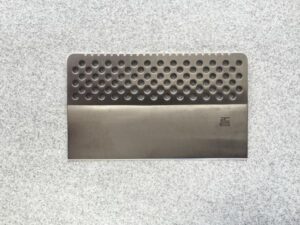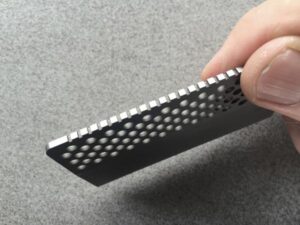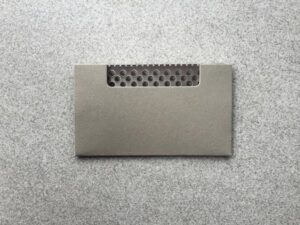Many preppers who aren’t “gun people” have a gun or two for home protection or for the inevitable time when the SHTF. We have one in our home. To be honest, though, I haven’t gotten it out nearly enough.
The shotgun is a good choice for home defense. Why? It’s powerful, easy to operate, and the sound of a shell going into a chamber will put fear into the hearts of most anybody. They can be used against people and animals pretty equally. The different loads of ammunition make it possible to take game from very small squirrels to a large deer. Knowing this is a good part of making your shotgun most useful in a survival situation. Of course, it also helps to have a variety of ammunition types on hand.
For example, if you’re after quail, you want a shotgun load that’s going to give a lighter, wider load pattern. A squirrel or a duck on the wing needs a tighter load pattern. A large target (a man or a bear) demands a load pattern that is going to be tight and hit with more force.
Birdshot uses very small pellets and is so named because it’s useful for hunting birds. The size of the shot is given as a number or letter–with the larger number the smaller the shot size. Buckshot uses medium to large pellets. A slug is a single projectile. To use this, it must be aimed very carefully from fairly close range.
Buckshot is generally the best for home defense, because its larger size shot (pellets) is going to pack a more painful punch and be more effective against larger targets.
Whatever type of shotgun you have, practice just as you would with a handgun. Because the gun is larger and likely needs to be aimed more carefully, practice with a shotgun for hunting and self-defense is equally as important as for a handgun. Make sure you know how to load and manipulate the gun quickly, in low light, and at close range. Otherwise, what’s the point?





